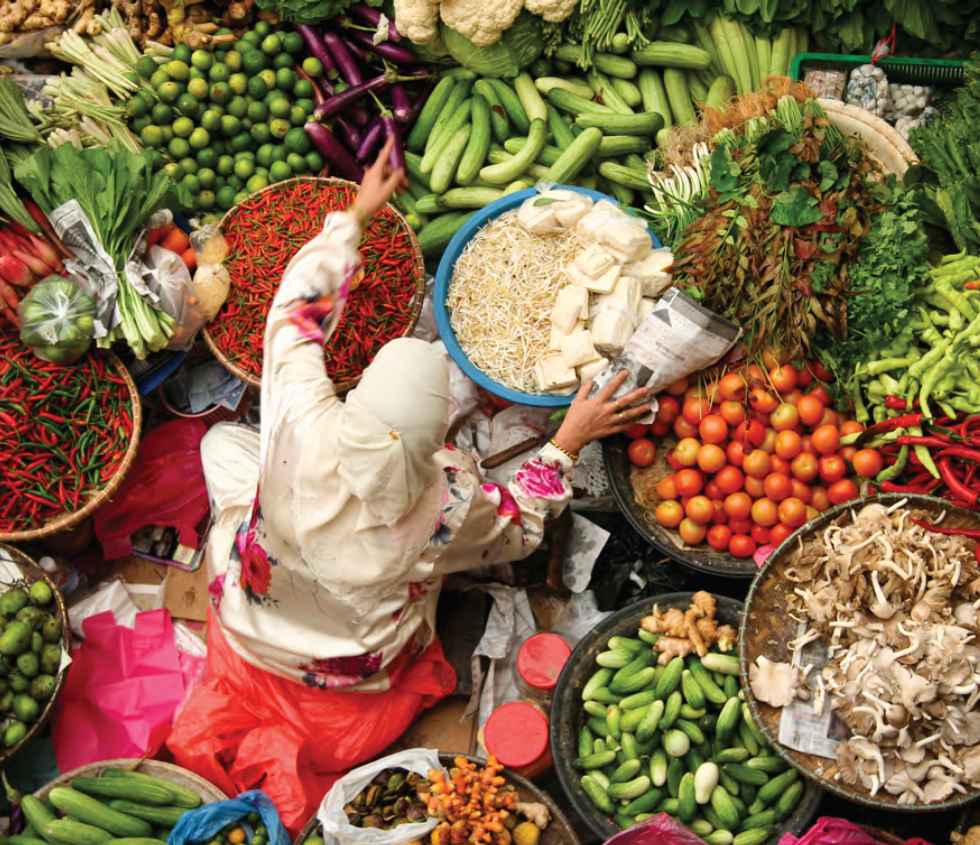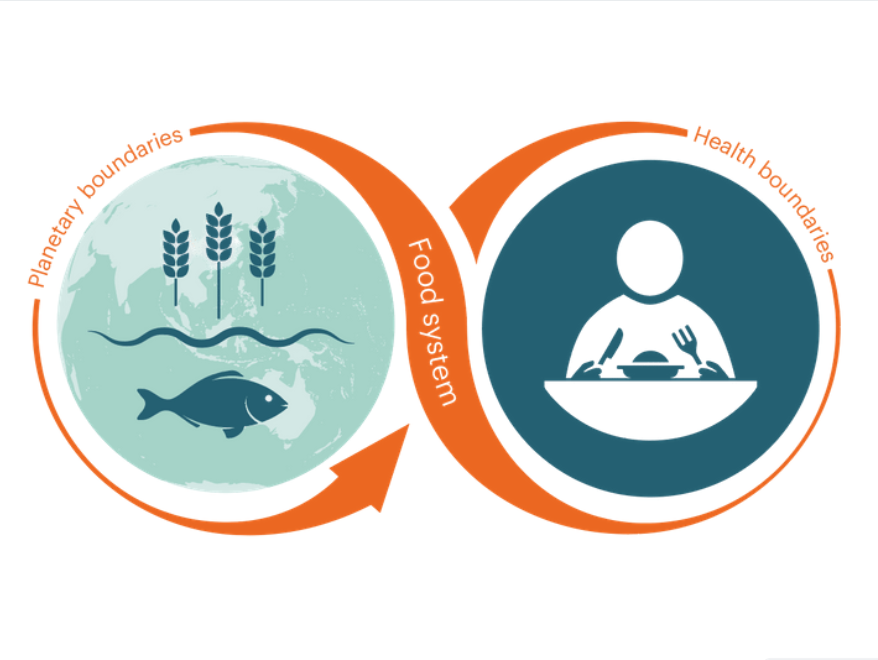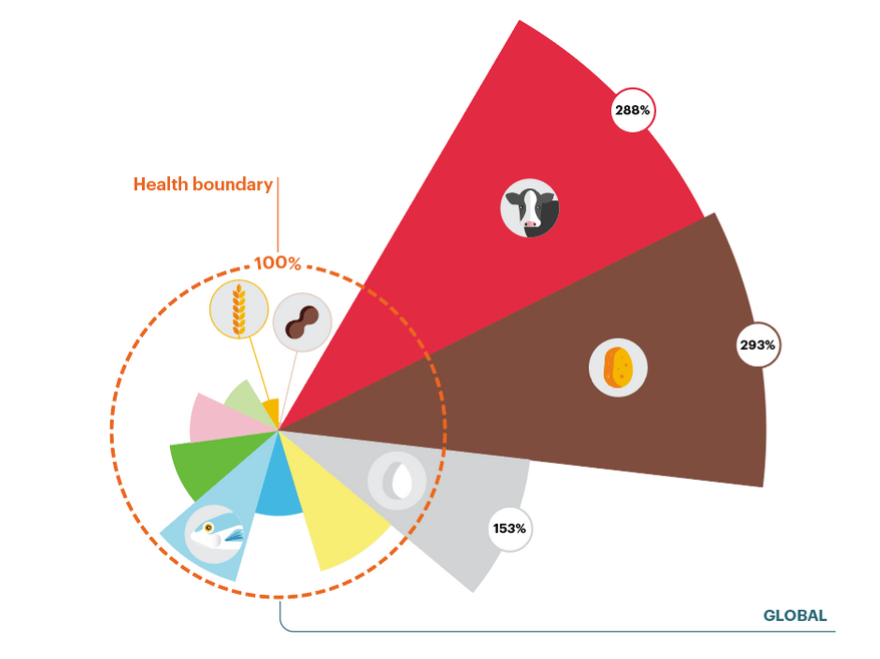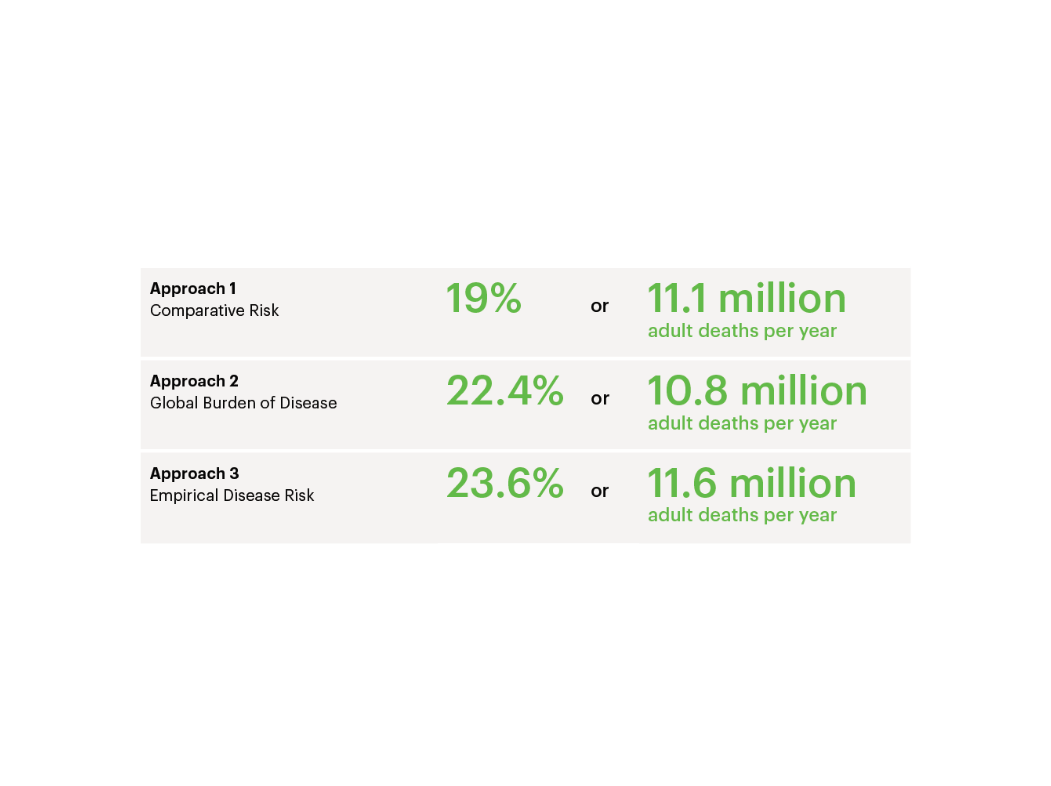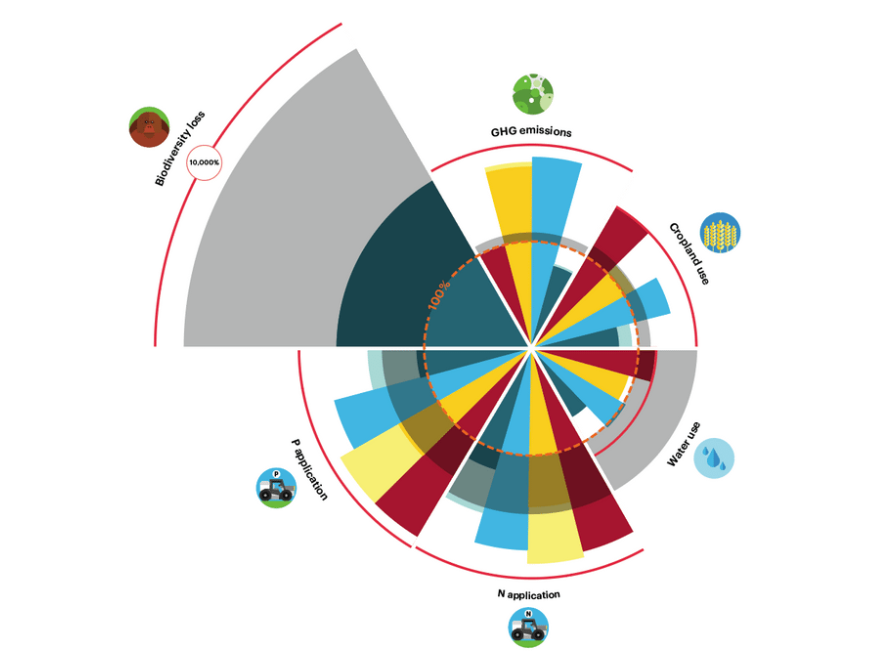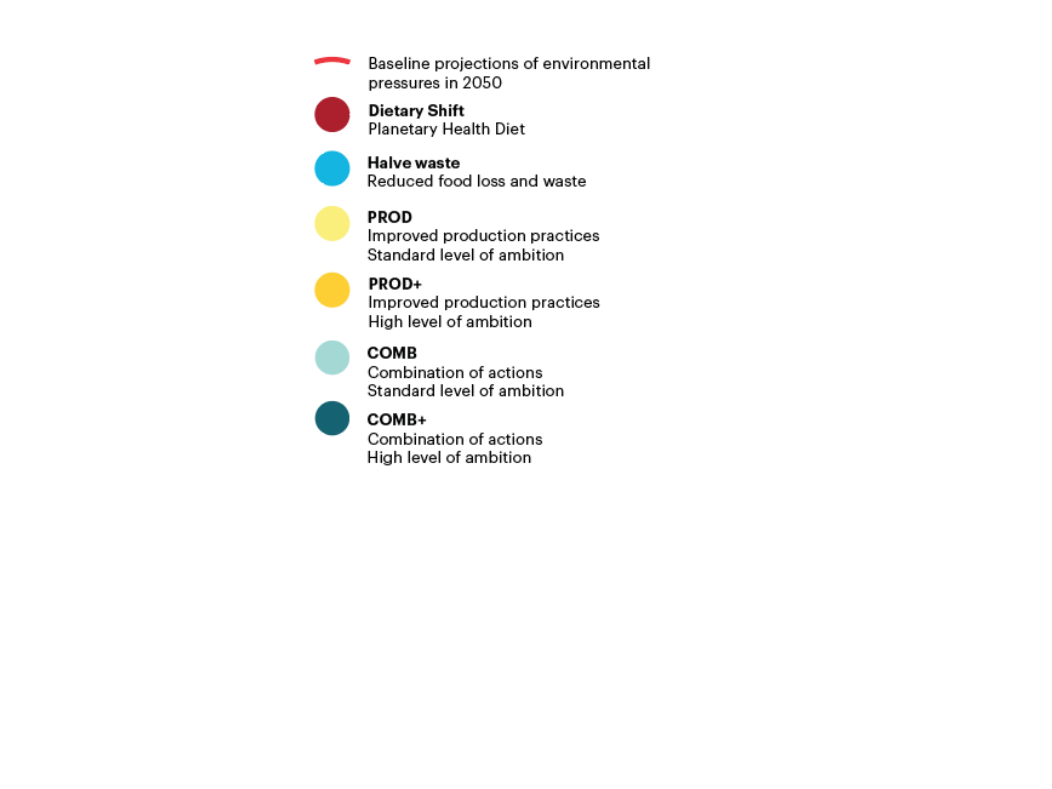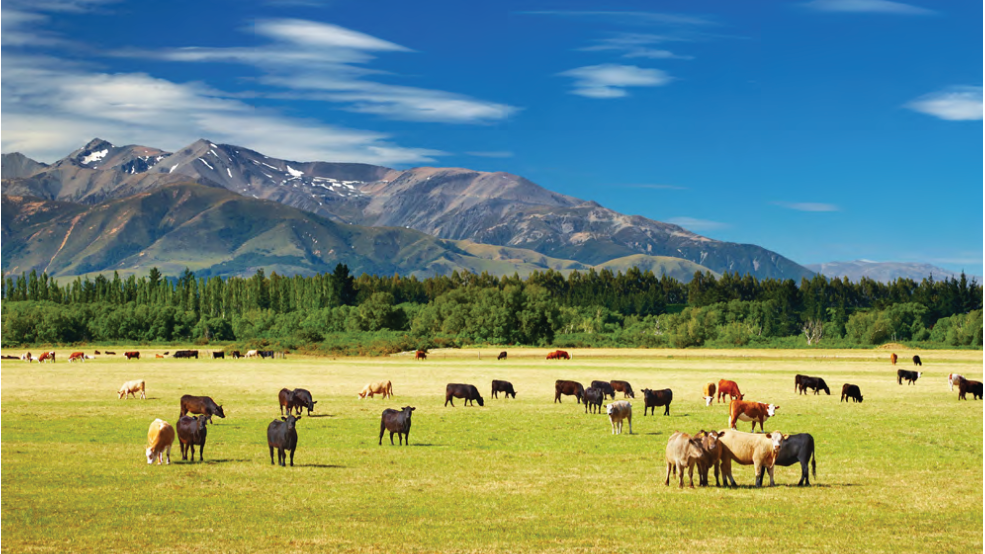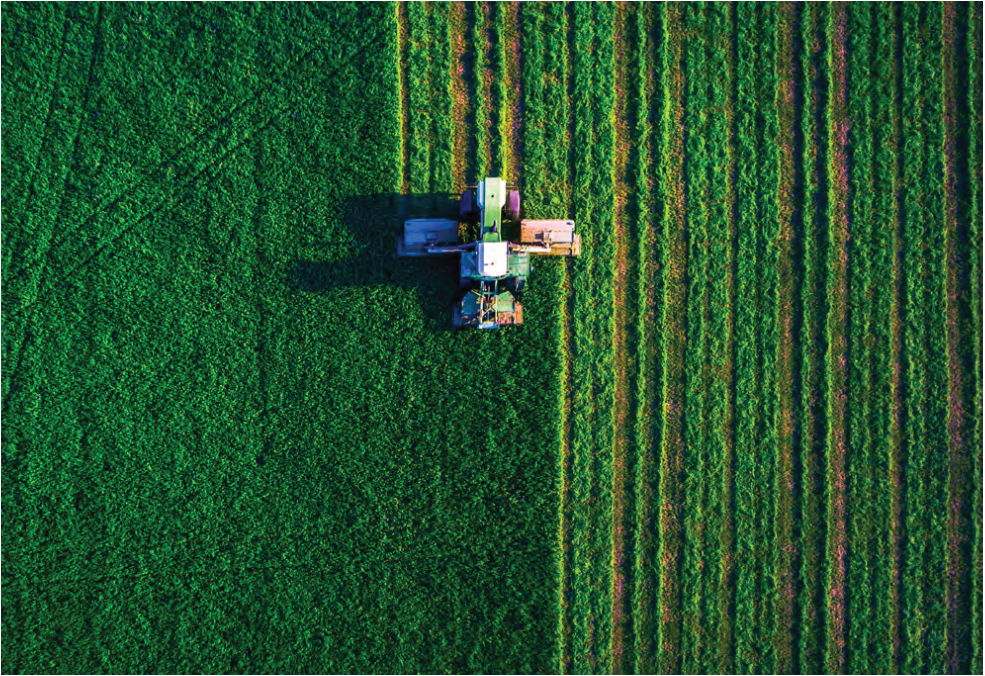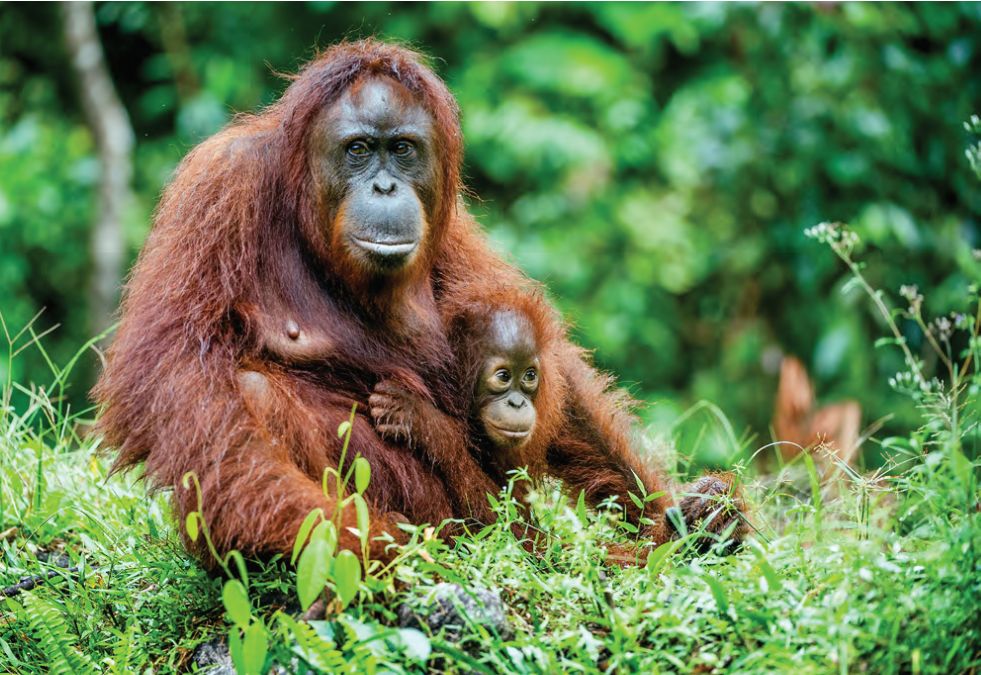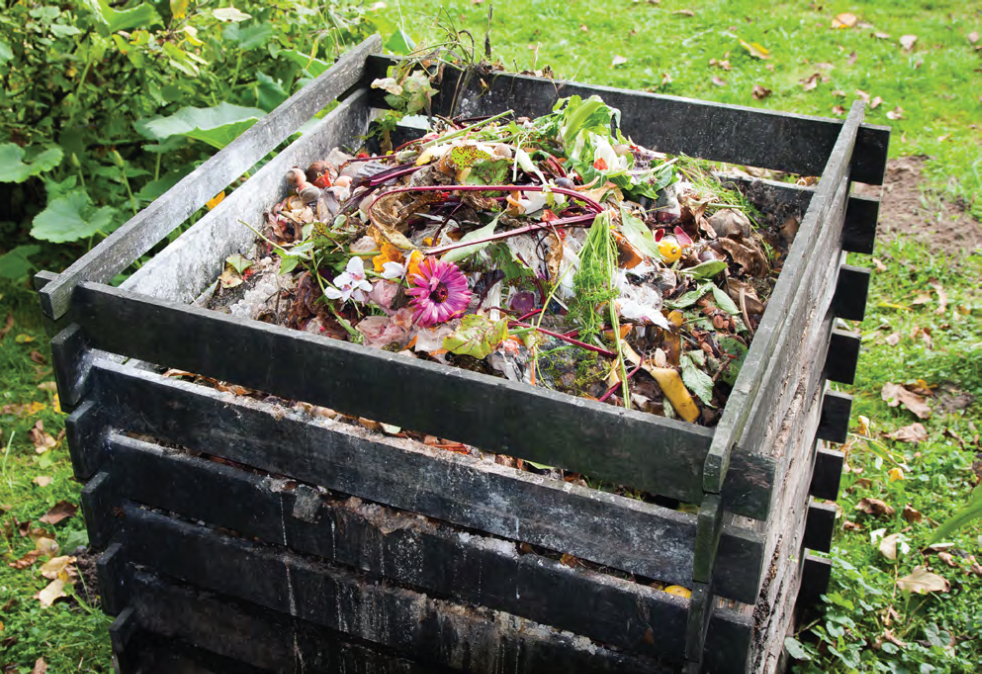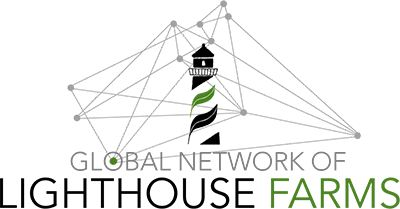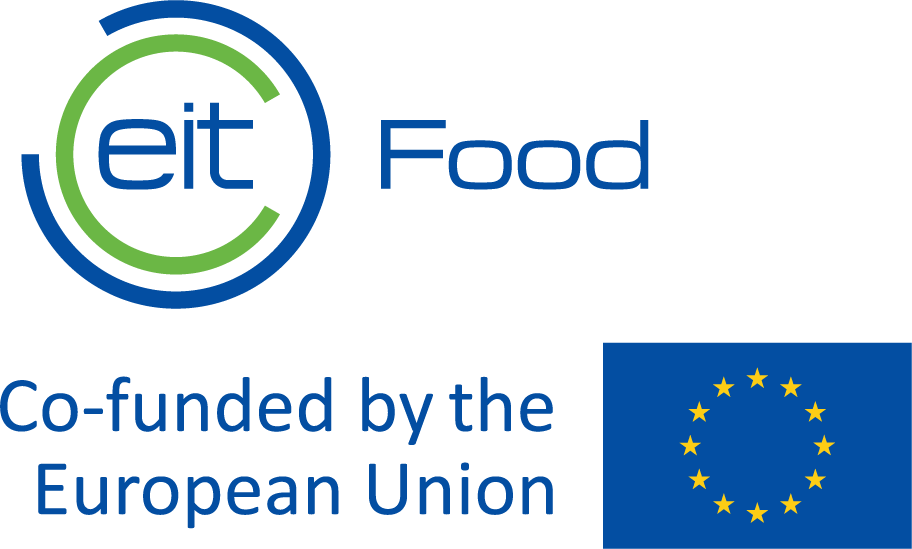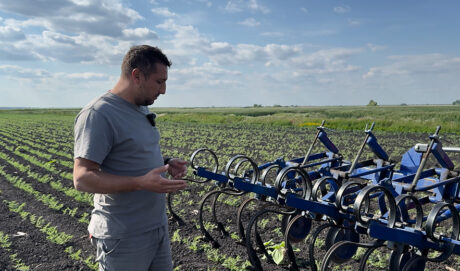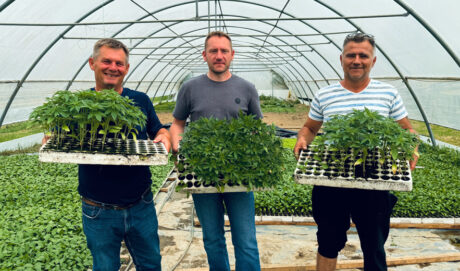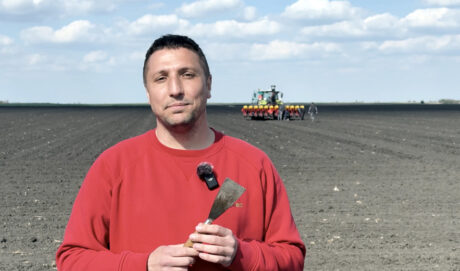Food is the single strongest lever to optimize human health and environmental sustainability on Earth. An immense challenge facing humanity is to provide a growing world population with healthy diets from sustainable food systems.
We track insufficient food diets on one hand and low-quality diets or too much food on the other.
Unhealthy diets now pose a greater risk to morbidity and mortality than unsafe sex, alcohol, drug and tobacco use combined. Global food production threatens climate stability and ecosystem resilience and constitutes the single largest driver of environmental degradation and transgression of planetary boundaries.
Stay informed with our latest food development insights and exclusive content. Subscribe now.
No time to wait
A radical transformation of the global food system is urgently needed. Without action, the world risks failing to meet the UN Sustainable Development Goals (SDGs) and the Paris Agreement, and today’s children will inherit a planet that has been severely degraded and where much of the population will increasingly suffer from malnutrition and preventable disease.
EAT-Lancet Commission
The EAT-Lancet Commission convened 37 leading scientists from 16 countries in various disciplines including human health, agriculture, political sciences and environmental sustainability to develop global scientific targets for healthy diets and sustainable food production.
The Commission focuses on two “end-points” of the global food system: final consumption (healthy diets) and production (sustainable food production).
Mutual impact
A large body of work has emerged on the environmental impacts of various diets, with most studies concluding that a diet rich in plant-based foods and with fewer animal source foods confers both improved health and environmental benefits.
Target 1 Healthy diets
A healthy diet should optimize health, defined broadly as being a state of complete physical, mental and social well-being and not merely the absence of disease. Scientific targets for healthy diets are based on the extensive literature on foods, dietary patterns and health outcomes. Healthy diets have an optimal caloric intake and consist largely of a diversity of plant-based foods, low amounts of animal source foods, contain unsaturated rather than saturated fats, and limited amounts of refined grains, highly processed foods and added sugars.
Substantial dietary shifts by 2050
This includes a more than doubling in the consumption of healthy foods such as fruits, vegetables, legumes and nuts, and a greater than 50% reduction in global consumption of less healthy foods such as added sugars and red meat (i.e. primarily by reducing excessive consumption in wealthier countries).
Dietary changes for health benefits
The Commission analyzed the potential impacts of dietary change on diet-related disease mortality using three approaches. All three approaches concluded that dietary changes from current diets toward healthy diets are likely to result in major health benefits. This includes preventing approximately 11 million deaths per year, which represent between 19% to 24% of total deaths among adults.
Target 2 Sustainable Food Production
Interacting biogeophysical systems and processes in the Earth system, in particular between the climate system and the biosphere, regulate the state of the planet. The Commission focuses on six of these, which are the main systems and processes affected by food production and for which scientific evidence allows the provision of quantifiable targets. For each of these, the Commission proposes boundaries that global food production should stay within to decrease the risk of irreversible and potentially catastrophic shifts in the Earth system.
Achieving planetary health diets
Achieving a sustainable food system that can deliver healthy diets for a growing population presents formidable challenges. Finding solutions to these challenges requires an understanding of the environmental impacts of various actions:
1) A global shift toward healthy diets;
2) improved food production practices;
3) reduced food loss and waste.
The analysis shows that staying within the safe operating space for food systems requires a combination of substantial shifts toward mostly plant-based dietary patterns, dramatic reductions in food losses and waste, and major improvements in food production practices. While some individual actions are enough to stay within specific boundaries, no single intervention is enough to stay below all boundaries simultaneously.
5 strategies for a great food transformation
There are no “silver bullet” solutions to the problems. Hard work, political will and sufficient resources are required. The data are both sufficient and strong enough to warrant immediate action. Delaying action will only increase the likelihood of serious, even disastrous, consequences. It is clear too that a Great Food Transformation will not occur without widespread multi-sector, multi-level action, which must be guided by scientific targets.
01
Strategy 1: Seek international and national commitment to shift toward healthy diets.
02
Strategy 2: Reorient agro priorities from producing high quantities of food to producing healthy food.
03
Strategy 3: Sustainably intensify food production to increase high-quality output.
04
Strategy 4: Strong and coordinated governance of land and oceans.
05
Strategy 5: At least halve food losses and waste, in line with UN Sustainable Development Goals.
How food is produced, what is consumed, and how much is lost or wasted all heavily shape the health of both people and planet.
The EAT-Lancet Commission shows that feeding 10 billion people a healthy diet within safe planetary boundaries for food production by 2050 is both possible and necessary.
The data are both sufficient and strong enough to warrant immediate action.
Read the whole EAT-Lancet report here.
